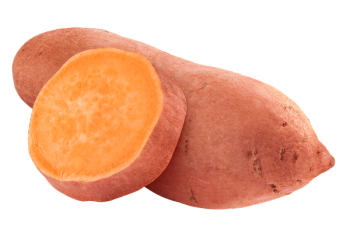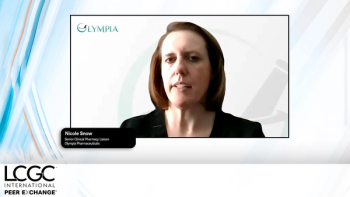
LC–MS Analysis
This Wednesday morning session will be presided over by Keandra R Robinson of Pfizer Global Research & Development.
Session 1770
Room 120B
This Wednesday morning session will be presided over by Keandra R Robinson of Pfizer Global Research & Development.
It will start with a presentation by Kenton J. Chodara of Penn State University on the analysis of antidepressants in aqueous samples using liquid chromatograph¬y–¬tandem mass spectrometry. This study examines column compositions including C8, C18, phenyl-hexyl, and amide to determine how chemical interactions between analytes and the column influence the separation and analysis of antidepressant compounds in the environment.
In the next talk, Nikola Kilibarda of the University of North Carolina at Durham will discuss the analysis of vanadium, which is released into the environment from a variety of industrial activities, using ion-pair reversed-phase ultra-pressure liquid chromatography with inductively coupled plasma sector field mass spectrometry. They separated the V(IV) and V(V) forms of vanadium and resolved a major interference in under a minute.
At 9:00, Allison M. Haaning of the University of Minnesota will present a new, LC-MS friendly version of the hydrophobic subtraction model for characterizing column selectivity. This method uses a very common, LC-MS compatible mobile phase.
Following the break, Megan H. Magee will discuss a new, quick, and easy way to accurately measure the gradient and flow rate produced by an HPLC pump that has been found to be accurate with different column dimensions, flow rates, gradients, different batches of stationary phase, and on different makes and models of HPLC instruments.
The analysis of Fatty Alcohol Derivatives with Comprehensive 2D LC-MS is the topic of the penultimate talk, by Victoria Elsner of the University of Duisburg-Essen. A baseline separation of the surfactants studies was achieved, and the best performance was used to compare two different LCxLC-QTOF MS systems.
And the final talk, by Shi-Jian Ding of the University of Nebraska Medical Center will present a search algorithm for systematic identification of post-translational modifications from complex proteome mixtures. The performance of the approach was evaluated on mixtures of 70 synthetic peptides with known modifications, on an 18-protein standard mixture with unknown modifications and on real, complex biological samples of mouse nuclear matrix and histone proteins with unknown modifications.
Newsletter
Join the global community of analytical scientists who trust LCGC for insights on the latest techniques, trends, and expert solutions in chromatography.





